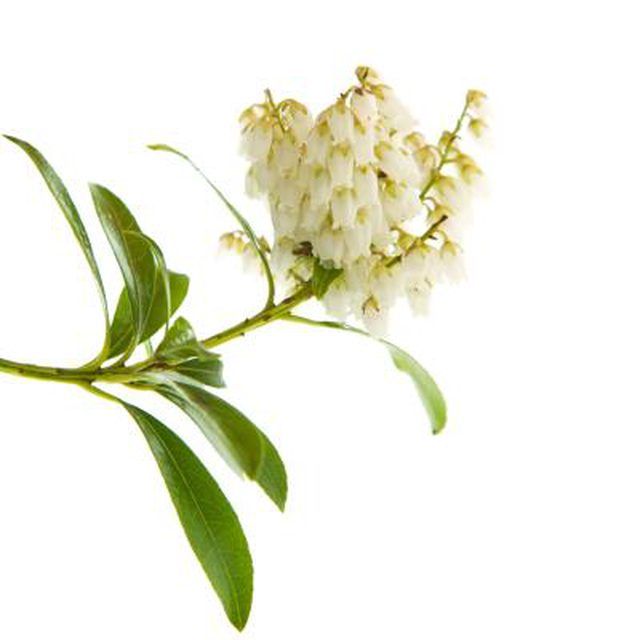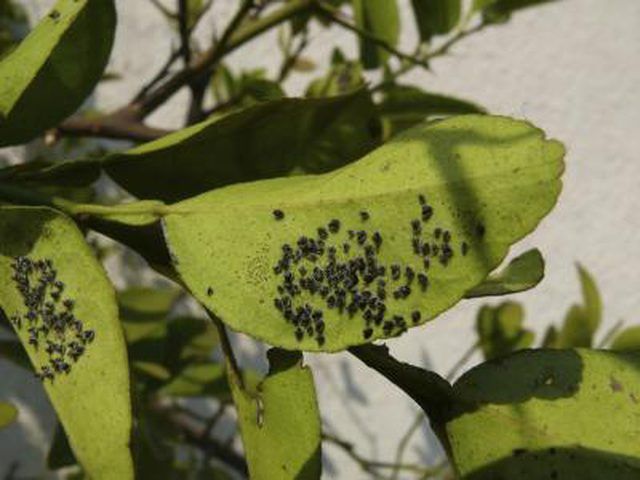Bulbs
Flower Basics
Flower Beds & Specialty Gardens
Flower Garden
Garden Furniture
Garden Gnomes
Garden Seeds
Garden Sheds
Garden Statues
Garden Tools & Supplies
Gardening Basics
Green & Organic
Groundcovers & Vines
Growing Annuals
Growing Basil
Growing Beans
Growing Berries
Growing Blueberries
Growing Cactus
Growing Corn
Growing Cotton
Growing Edibles
Growing Flowers
Growing Garlic
Growing Grapes
Growing Grass
Growing Herbs
Growing Jasmine
Growing Mint
Growing Mushrooms
Orchids
Growing Peanuts
Growing Perennials
Growing Plants
Growing Rosemary
Growing Roses
Growing Strawberries
Growing Sunflowers
Growing Thyme
Growing Tomatoes
Growing Tulips
Growing Vegetables
Herb Basics
Herb Garden
Indoor Growing
Landscaping Basics
Landscaping Patios
Landscaping Plants
Landscaping Shrubs
Landscaping Trees
Landscaping Walks & Pathways
Lawn Basics
Lawn Maintenance
Lawn Mowers
Lawn Ornaments
Lawn Planting
Lawn Tools
Outdoor Growing
Overall Landscape Planning
Pests, Weeds & Problems
Plant Basics
Rock Garden
Rose Garden
Shrubs
Soil
Specialty Gardens
Trees
Vegetable Garden
Yard Maintenance
How to Care for a Pieris Japonica
How to Care for a Pieris Japonica. Flushes of darkly shaded evergreen leaves and prominent sprays of delicate, drooping flowers are the hallmark of Japanese andromeda (Pieris japonica). This decorative shrub shares a proclivity with other shrubs from the same family for moist soils rich in organic matter. Japanese andromeda flourishes in partially...

Flushes of darkly shaded evergreen leaves and prominent sprays of delicate, drooping flowers are the hallmark of Japanese andromeda (Pieris japonica). This decorative shrub shares a proclivity with other shrubs from the same family for moist soils rich in organic matter. Japanese andromeda flourishes in partially shaded areas that protect it from the desiccating effects of the sun and wind. This shrub is adapted to U.S. Department of Agriculture plant hardiness zones 4b to 8.
Things You'll Need
Water hose
30-10-10 water-soluble fertilizer
Measuring cup
1-gallon watering can
Sprayable insecticidal soap
Isopropyl rubbing alcohol
Plastic container
Pruning shears
Mefenoxam fungicide
1-gallon pump sprayer
Check the water content of the soil around your Japanese andromeda weekly during the spring and fall by inserting a finger knuckle deep into the soil. If the soil feels dry, water the soil around the plant until the soil is thoroughly wet but not flooded. Check your Japanese andromeda more frequently during the summer and other dry periods to ensure the soil never dries completely.
Fertilize your Japanese andromeda shortly before it blooms in early spring and after it finishes blooming in midsummer. Add 1 tablespoon of fertilizer to a 1-gallon watering can and fill it with water. Spread the mixture evenly over the soil around the shrub. Avoid direct contact between the fertilizer and the shrub's foliage.

Check Japanese andromeda for signs of lace bug infestation on a regular basis. These translucent pests measure one-eighth of an inch and are usually found on the underside of Japanese andromeda's leaves. Treat severe infestations with a pre-mixed sprayable insecticidal soap. Thoroughly coat all the foliage to ensure these pests come in direct contact with the insecticide. Repeat the treatment weekly, until the insects are brought under control.
Pour rubbing alcohol into a plastic container and dip the blades of your pruning shears in the alcohol. Remove the blades from the alcohol and allow them to air-dry. Cut spent flowers from the shrub after they begin to wilt, clipping the stem just below the petals. Pruning spent flowers prevents fruit from developing, increasing the number of flowers the shrub produces the following season and removing litter from the yard.
Watch the shrub for signs of phytophthora root rot, including dropping leaves, dying branches and brittle roots with a red tint. Shrubs that are showing outward signs of damage are usually untreatable and should be removed and destroyed to prevent the fungus from spreading. Avoid soaking the soil with water and reduce irrigation during periods of heavy rain to discourage the formation of this disease. Redirect runoff from gutters and ditches away from the shrub to limit excess moisture in the soil.
Tips & Warnings
Japanese andromeda is adapted to soils with a pH between 5 and 7. The best growing location for this plant is a partially shaded area protected from the desiccating effects of the sun and wind during the winter.
The leaves and flowers of Japanese andromeda are highly toxic and potentially fatal if ingested.